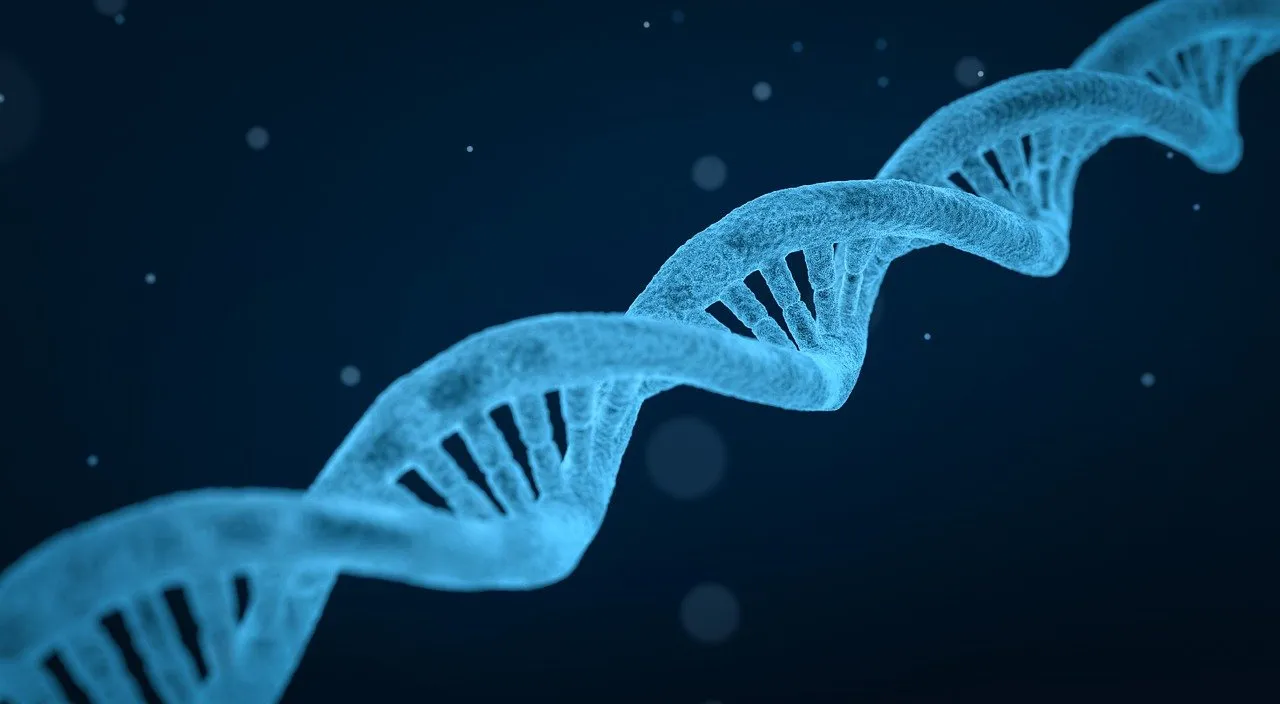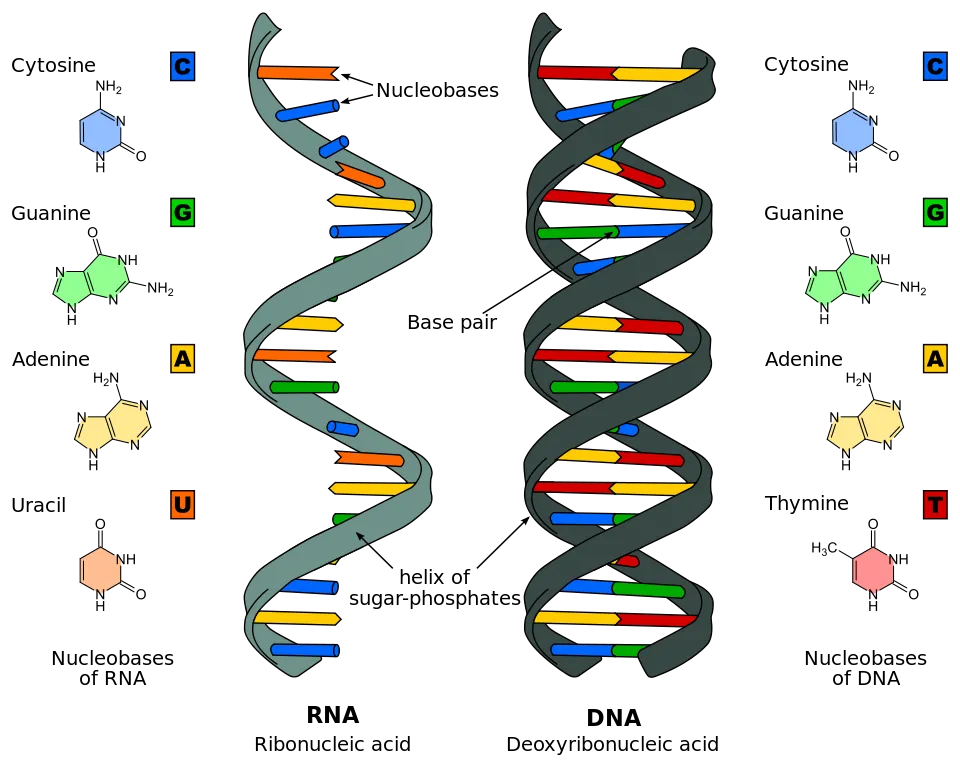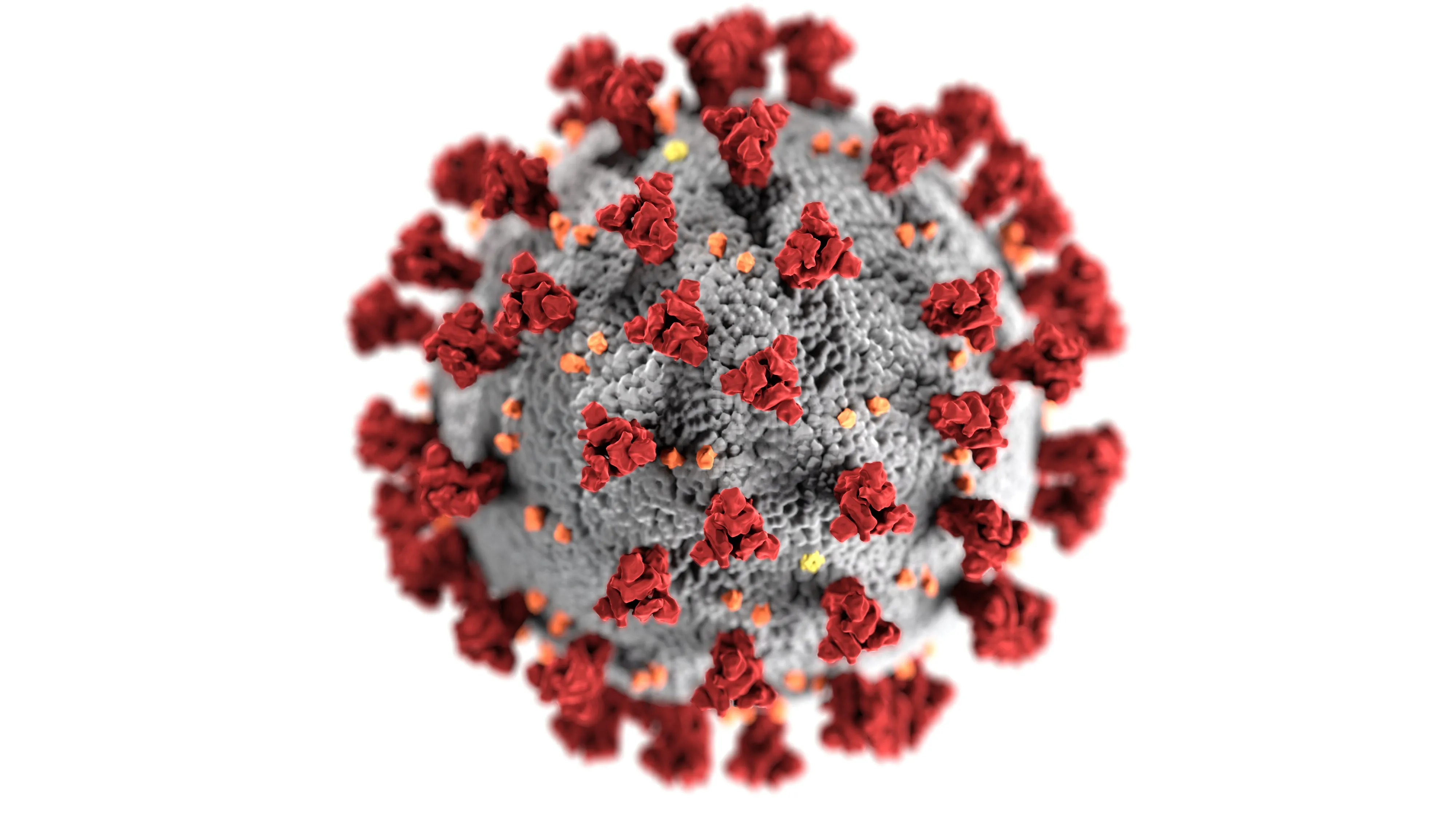Why is mRNA in My Vaccine?
Wednesday January 20, 2021



Okay, this is complicated, so take a deep breath and work with me. When your cells are doing their thing, they need all sorts of material to get the job done. A carpenter cannot build a house without wood. One of the things your cells need just in the course of getting stuff done is protein.
These proteins come in all sorts of varieties. Some of these proteins are the hormones we all have, and in some cases, lament. Some of these hormones are not just the ones we learned about in health classes, and do much more basic functions, like enable a rudimentary cell-to-cell communications network. Others are used to build physical structures: hair, fingernails, muscle mass, and so many other little bits of the body. Enzymes are special proteins that are used to trigger certain chemical reactions. They are little tiny chemical fuses. Once they start a reaction, there iss no going back. This does everything from converting the food you eat into something your body can use for energy to making more proteins.

So inside your cells are DNA. That stands for deoxyribonucleic acid. It is mostly what makes you, you. You get it from your parents. This is the awesome double helix structure you have likely seen that looks like a super twisty ribbon. One enzyme called polymerase actually does something awesome here. It walks along the DNA molecule in your cell and “unzips” it into two halves. Once it has the DNA molecule unzipped, it then starts to make a copy of one half of the DNA. When it comes to making proteins, when it has enough for a complete gene (think of a gene as being a complete recipe), that little bit of copied DNA is only a copy of half, so it is literally half of the double helix. And that is ribonucleic acid (RNA). The RNA with instructions to make a protein is called “messenger RNA” or mRNA. There are other types, but this is the important one here. (Also, I am sure there is a geneticist reading this and shaking their head at my write up…you do better!)

All of that happens in the cell nucleus, but then the mRNA goes off to do its own thing. Now, typically, some other component of the cell will see this and go, oh, a work order for protein, and start making whatever protein the nucleus asked for. You get hair, or something digestive, or whatever. Now, we have to take a detour.

COVID-19 is caused by a virus called SARS-CoV-2. You have probably seen the cartoons or renderings of COVID-19, which looks like a spiky ball. That is because the virus literally looks like a spiky ball when you get a powerful enough microscope. The spikes are the important part. They are called, uncreatively, spike proteins. The SARS-CoV-2 virus uses these spike proteins to connect to your cells and infect them. Remember, when you get sick, it is because a bunch of your cells are individually infected. The virus, floating freely in the blood, is a target for your immune system, specifically T-cells. These T-cells have to learn to recognize the virus, somehow. It turns out those spikes may be a good way to recognize the virus. But, in order to train the immune system, it needs practice. You cannot go out an hit a home run on your first swing, and the same is true of even the healthiest immune system.
This is where we get to the mRNA in the vaccine. It is a very small, a single gene, copied right out of the SARS-CoV-2 virus. That single gene is the gene that has directions to make the spike protein. So (using all of those lipids on that list), the mRNA rolls up to the first cell it finds and breaks in. The cell sees rRNA and goes, uhm, this must be a work order from the nucleus. Your cell does not care that it came from outside. And so it starts making spike proteins and raising them like a flag on the outside. On the inside, with the mRNA used, the cell breaks down the chemical for recycling. Once those spikes start appearing in your body, your immune system goes, “WTF is going on who are these marauders?!?” I actually do not know what your immune system says, but that seems like it is more exciting than “KILL! KILL! KILL!” The marauders in this case, though, are just the harmless outside of the virus. Imagine sticking up someone with an unloaded gun. The other guy has no idea you are harmless.
The T-cells learn to recognize that protein and kills them on sight. T-cells are really awesome at this, when they learn how. So if it sees a real SARS-CoV-2 after passing its training exercises, it goes “KILL! KILL! KILL!” The immune system keeps you safe, and the virus will never even get a toehold on you.
This is actually about the coolest thing ever, because the first SARS-CoV-2 vaccine was made on January 13, 2020. They were able to synthesize the mRNA only two days after the full genome of the virus was posted online. Basically, all of other parts of the vaccine are ready to go. You just need the right mRNA, which we make in what is basically a 3D printer that prints proteins, instead of plastic.